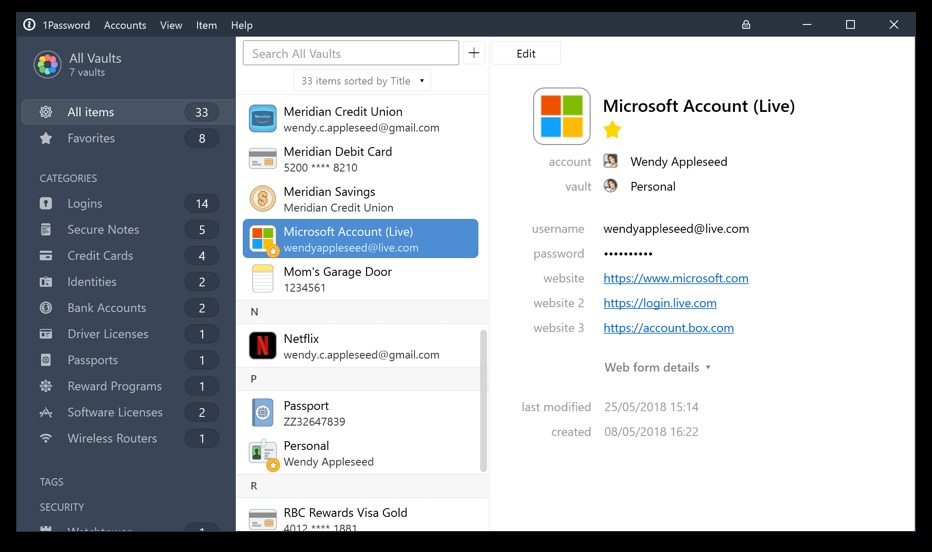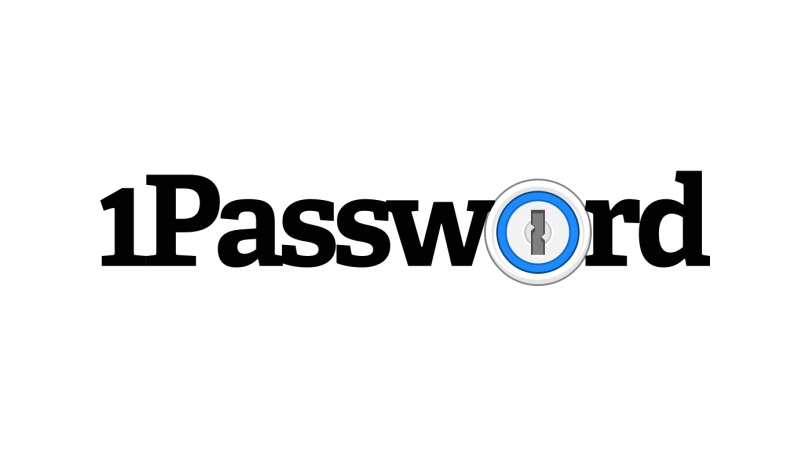1Password is one of my preferred Mac applications. In case you’re not acquainted with it, the app handles your passwords, enabling you to log in to websites more quickly and easily.
Given the recent news about security vulnerabilities necessitating password changes, I wanted to share my method of utilizing 1Password to help you manage your password(s) more effectively as a security measure.
Please note that this is not a sponsored post, and I have no affiliation with Agile Bits, the company responsible for 1Password. I am simply a fan of this app, and I believe that everyone who reads this will benefit greatly from using it, saving them a significant amount of time.
The way in which 1Password operates.
You no longer need to be concerned about remembering which passwords you used for which websites, as 1Password handles that for you. Additionally, 1Password is more secure since it utilizes auto-generated passwords that are extremely difficult to crack.
Here are a couple of additional reasons why 1Password is essential:
- Using the same password for all of your accounts and services is a poor practice. If a single website is compromised and your password is exposed, you must change the passwords for all of your websites and services. However, by employing auto-generated passwords, you can prevent this.
- Logging in to websites becomes significantly easier, quicker, and more secure.
- It provides a more convenient method for browsing and navigating the internet, particularly on tablets or phones.
login information.

Your login credentials are consolidated and organized in alphabetical order. It’s highly recommended that you utilize a naming convention for your login items.
“P” indicates personal accounts, while “AE” stands for Asian Efficiency accounts. This naming convention may not be as practical within 1Password since you’re essentially dealing with two lists (P and AE), necessitating the use of the search filter to locate what you’re looking for.
Nonetheless, this naming convention is highly beneficial within the browser extension, which is how I primarily utilize 1Password. Because the browser extension has limited space, it’s preferable to include a naming convention at the beginning of the login item rather than the end.
If I need to log in to google.com with my AE account, I’ll utilize the LastPass browser extension. On the other hand, if it’s for personal use, I’ll use 1Password.
If you don’t require password management for a group of people, then 1Password is suitable. Although it’s possible to share a Vault with a small group of people (such as family members), it can become disorganized when mixing personal and work logins in the same 1Password keychain file. Instead, I would suggest LastPass for teams and businesses.
Login credentials, access codes, or secret codes used to authenticate a user’s identity.
This section is where 1Password will save all automatically generated passwords that are not linked to a specific login item.
This situation can occur frequently when you create a password using the browser extension but forget to save it as a login item in 1Password. This feature enables you to locate passwords generated for a particular website.
For instance, suppose I signed up for a website, generated a password but forgot to save it in 1Password. The next time I attempt to log in, I notice that there’s no login item in 1Password, and usually, I wouldn’t be able to log in. However, since I’m aware of the Passwords section, I can access it and retrieve the auto-generated password for that website.
Logins that require multiple pages or steps to complete the authentication process.
I experienced some difficulty using 1Password with logins that require multiple pages. For instance, logging into my bank account involved entering my username on the first page, then entering my password on the second page.
I was uncertain about the most efficient way to handle this issue, but I eventually discovered a fantastic solution.
You can find the solution to handle multi-page logins in the link provided, but in essence, it involves creating separate logins in 1Password for each page and using them accordingly. After implementing this solution, I found it to be very effective and was quite pleased with the results.

